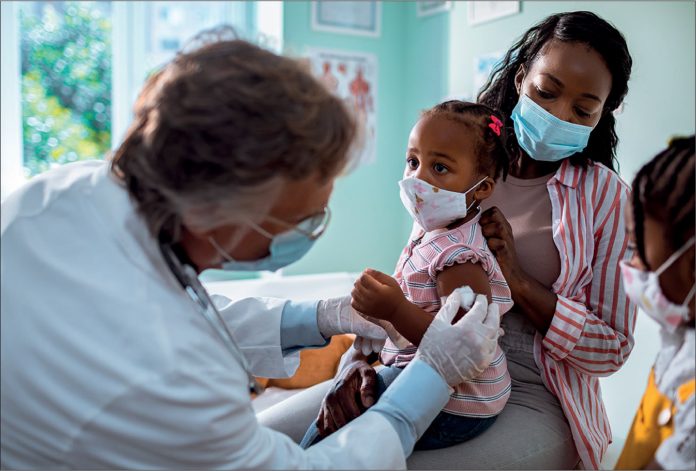Gavi, the Vaccine Alliance has helped to vaccinate over one billion children with routine vaccines since it was established in 2000 – alongside enabling billions of critical vaccinations during campaigns, emergencies and pandemics – and is on course to achieve a majority of its 2025 strategic objectives.
In total, Gavi has enabled roughly six billion vaccinations around the world, protecting children and adults against 19 infectious diseases.
These new figures were unveiled at the Global Vaccine Impact Conference, co-hosted by the Spanish Government, which kicked off in Madrid today and saw the publication of a new report, Raising Generation ImmUnity.

Every year, Gavi provides vaccines to countries to protect half the world’s children and despite the huge strain placed on countries’ health systems by the COVID-19 pandemic, the report finds that it remains on or ahead of schedule in eight of 11 key ambitious commitments it made for the period 2021-2025 (Progress covering two of the five years of the 2021-2025 period).
These include efforts to immunise a further 300 million children, prevent between seven and eight million future deaths and unlock $80-$100 billion in economic benefits.
Commitments where Gavi’s ambitious goals require additional effort during the current five-year period are in securing further cost savings from manufacturers, increasing countries’ own financial contribution and in helping countries transition away from Gavi support.
Commending these figures, Prof José Manuel Barroso, Gavi Board Chair, said: “For over twenty years, Gavi’s operating model has been a solution to the world’s immunisation challenges and at no time was this more the case than in recent years, when it has helped countries not only to weather the worst public health crisis in a century, but protect more and more people from deadly, preventable diseases.”
In addition to its work on essential childhood vaccines, Gavi manages stockpiles of vaccines against Cholera, Yellow Fever, meningococcal disease and Ebola, giving it a crucial role in outbreak response.


